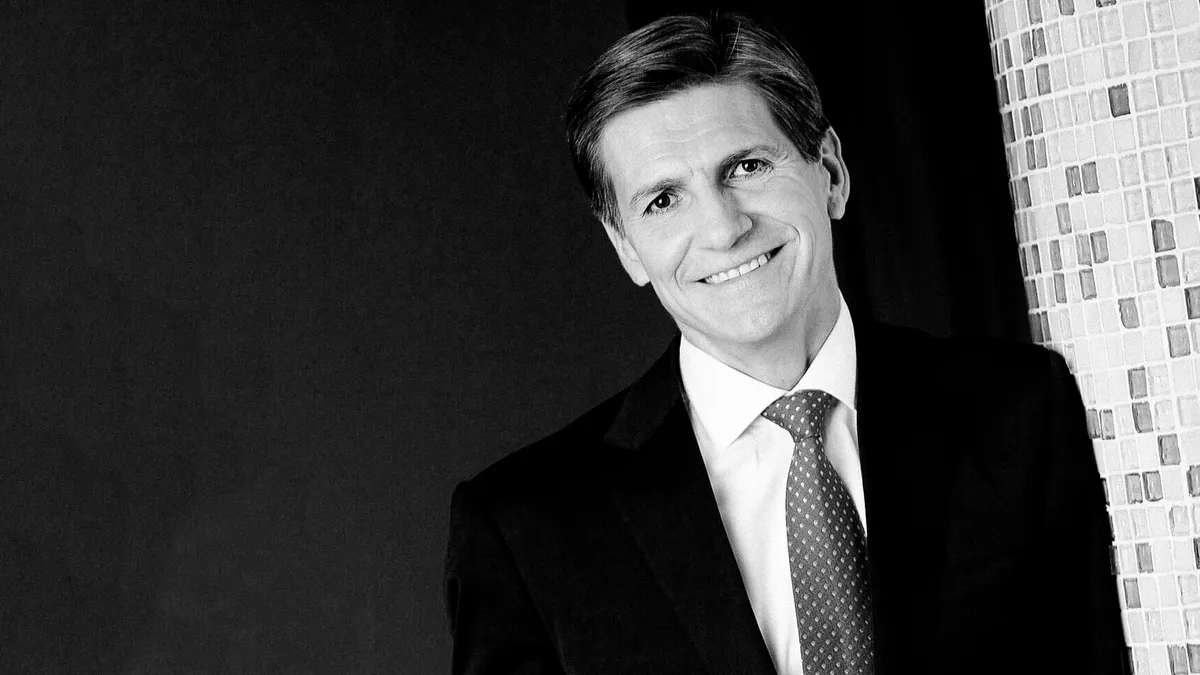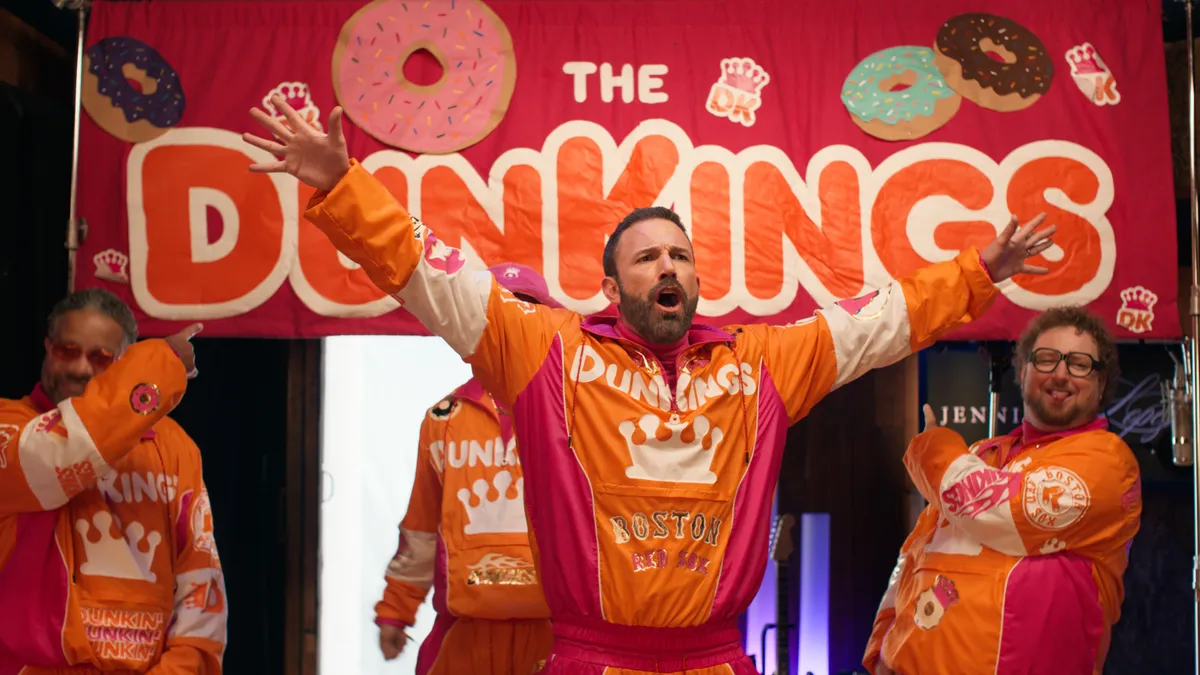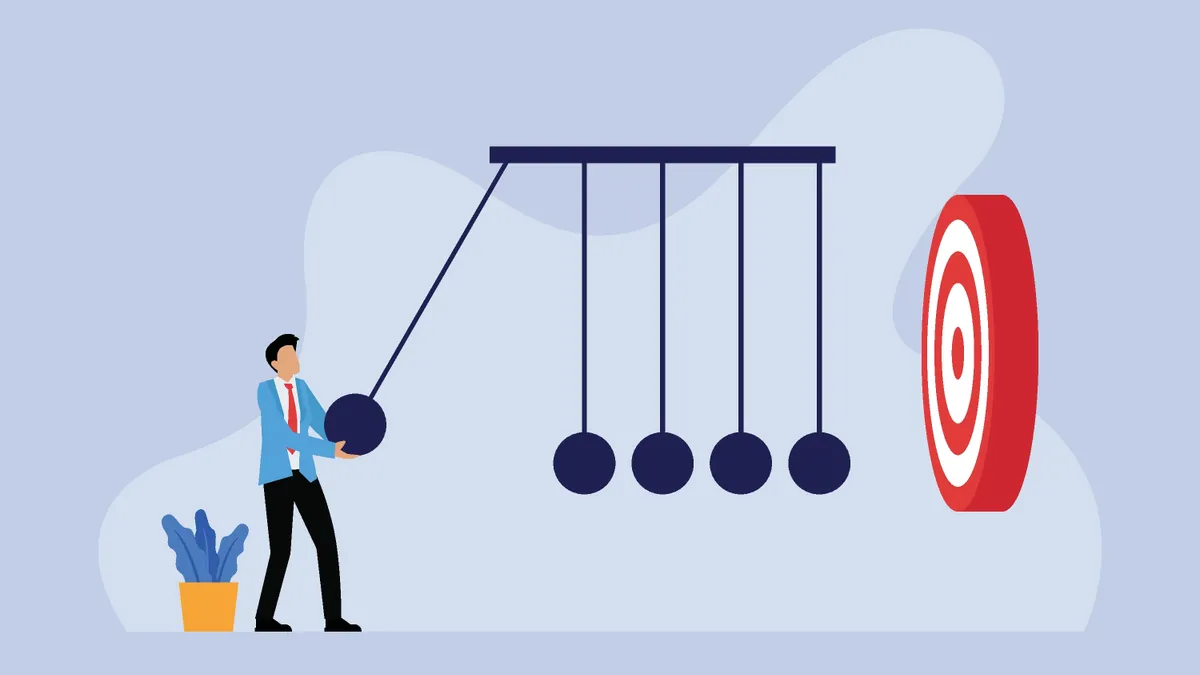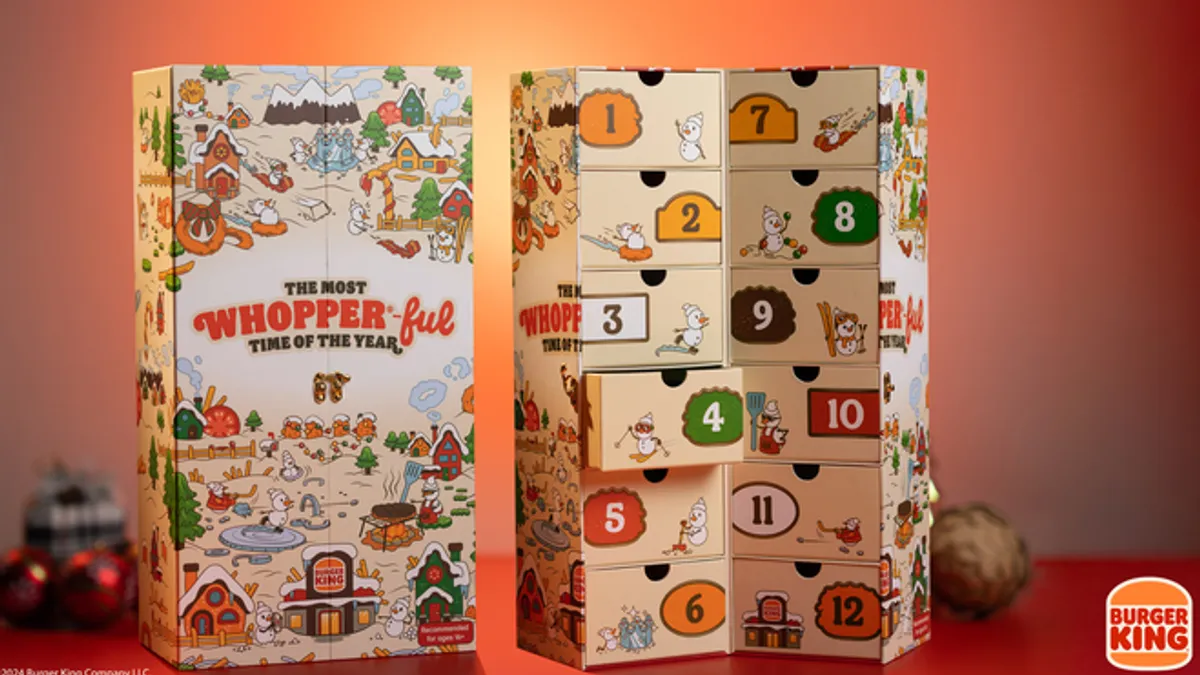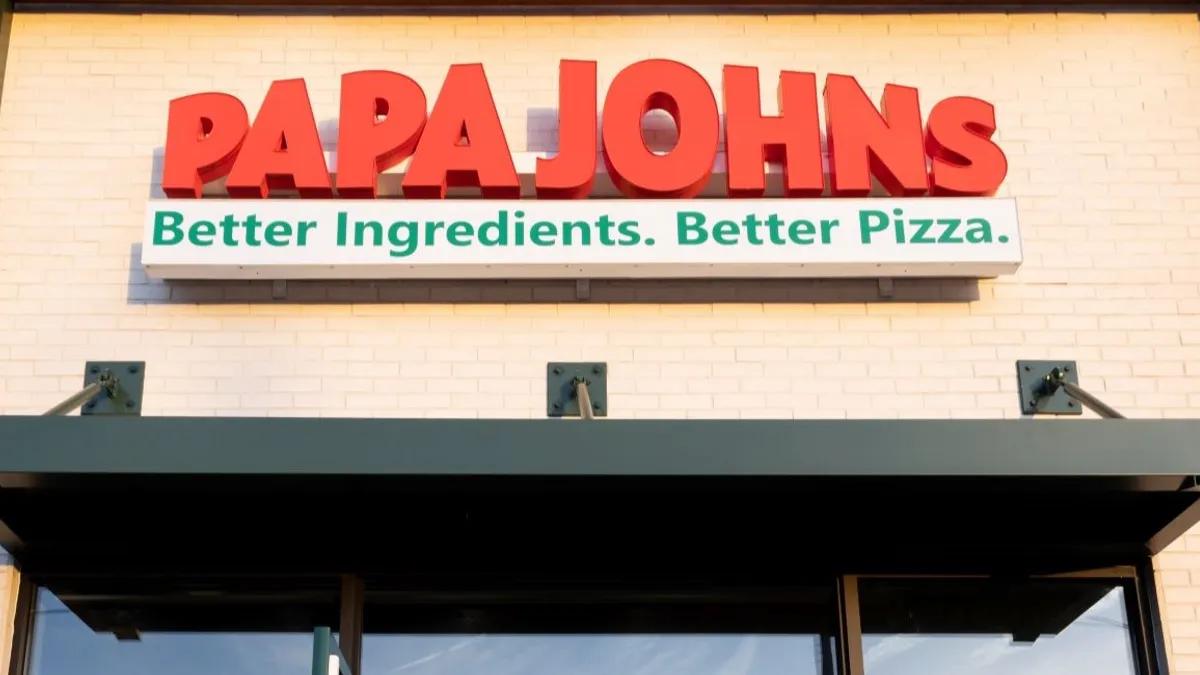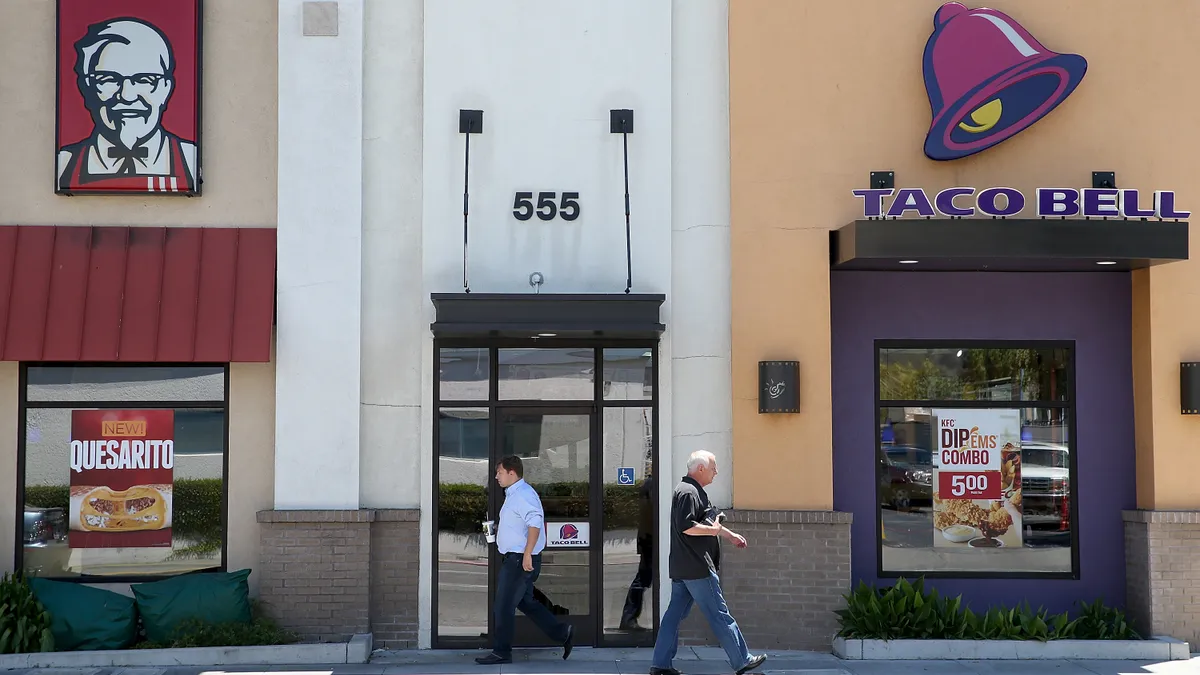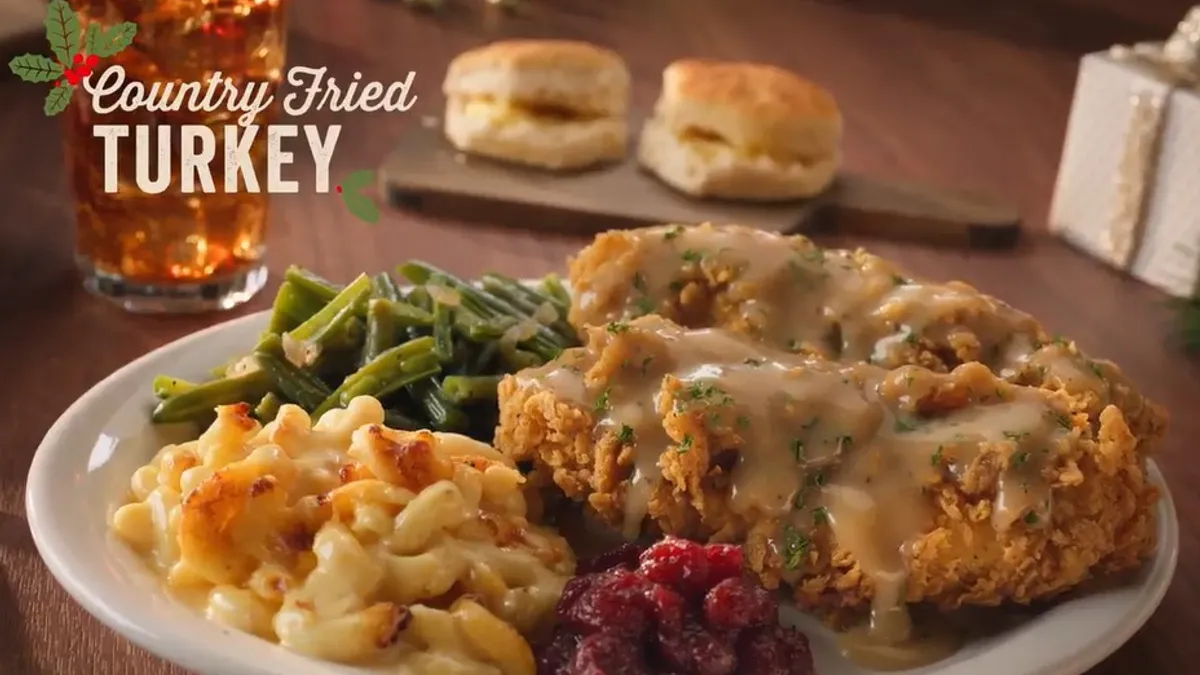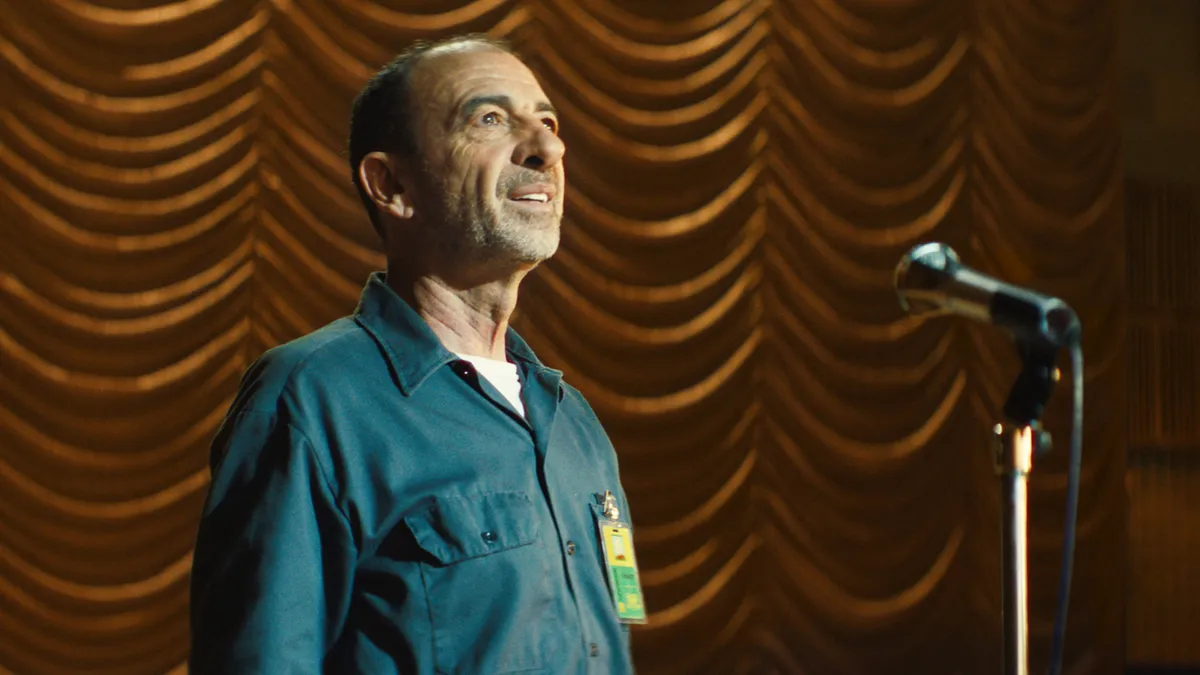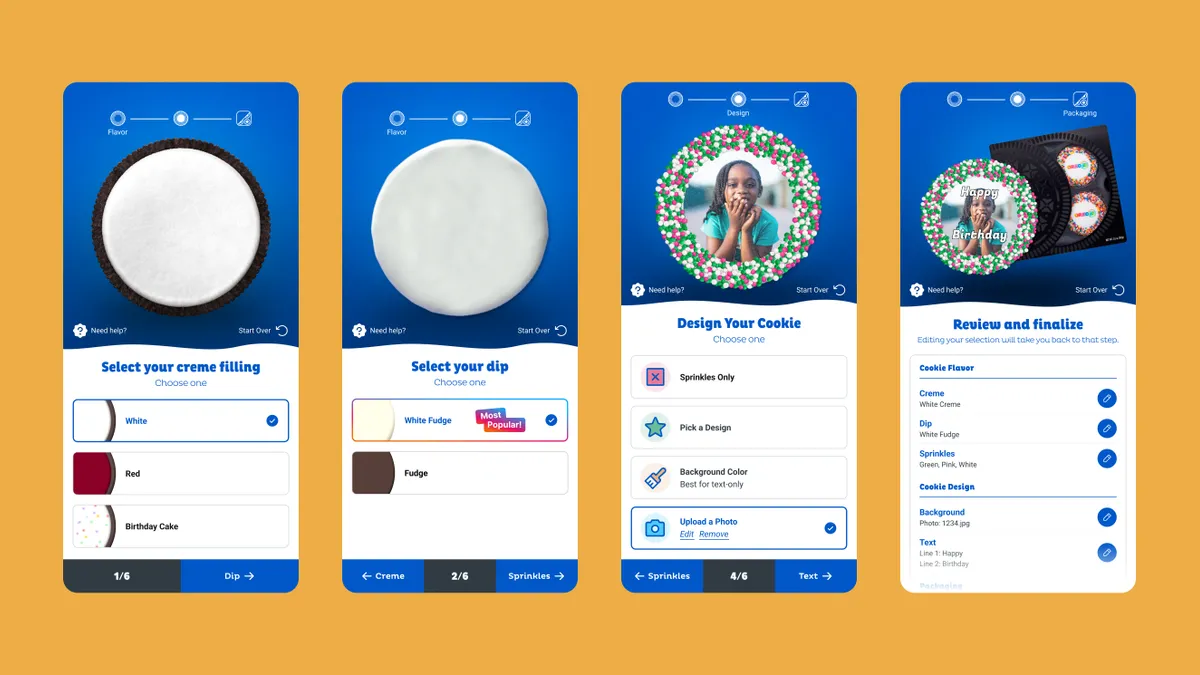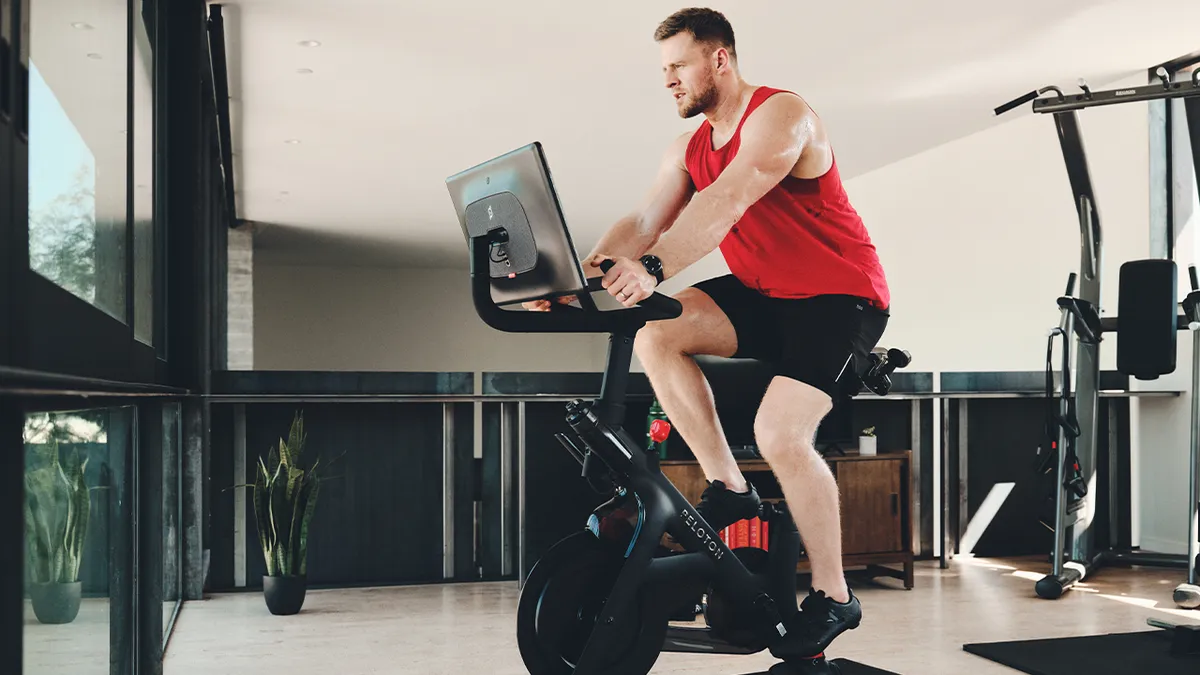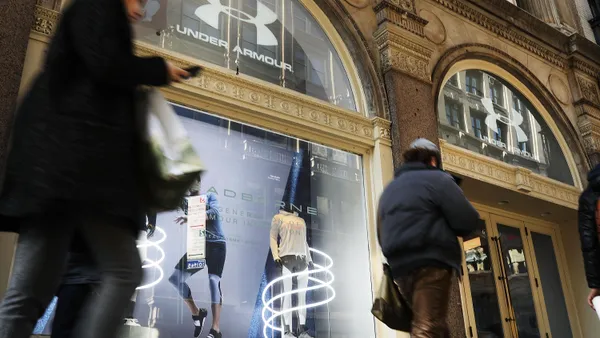Artificial intelligence (AI) and algorithms are increasingly key pieces of technology for Procter & Gamble (P&G) as it aims to improve advertising efficiency and effectiveness, brand chief Marc Pritchard said during a livestreamed keynote at the Association of National Advertisers (ANA) Media Conference Thursday.
The packaged goods executive, who is board chair of the trade group and delivered the confab’s opening address for the eighth time in its 11-year history, started his talk by acknowledging that P&G has lost its status as the world’s top marketer by media spend. It’s a change he attributed in part to a focus on precision versus volume, suggesting that others in the industry could benefit from adopting similar thinking.
“Celebrating a company as the largest spender implies that it's better to spend more and more each year,” said Pritchard. “We see it a little differently, and that it's time for a reset.”
P&G has made efforts to in-house marketing functions over the years, notably in media buying. This strategy has extended to more tech-forward areas like data and analytics and AI development, Pritchard added at the conference.
Multiple units within the company, which owns Tide, Downy and Pampers, now rely on proprietary algorithms that draw on “a vast repository of consumer research data” from across decades, Pritchard said. With P&G’s in-housing bets reaching fresh levels of maturity and sophistication, its relationship with marketing services providers — which has been contentious in the past — continues to shift.
“More than ever, we need agency partners to see around corners,” said Pritchard, again calling out AI as an example. “We're finding that we can do more work in-house productively and we can strengthen agency partnerships at the same time to create more value.”
Algorithms in action
Pritchard joins a chorus of executives who have put renewed emphasis on AI and adjacent technology in recent months. The rapid rise of solutions like OpenAI’s ChatGPT has captured the interest of both consumers and investors and set off a firestorm of debate around the ethical implications of ceding more work to automation. Top agencies also appear eager to jump into the space.
For P&G, AI intersects with a concentrated push around first-party data. Pampers, for instance, needs to engage the relatively small subset of parents who have children in the diapering stage. In turn, the marketer has switched its model to focus less on broad-based channels like TV and more on owned channels, such as a due date calculator, baby name generator and its Pampers Club rewards program. Data acquired from these assets is then leveraged by an in-house media unit for targeting purposes.
“With first-party data and other sources, the Pampers media team has created precise smart audiences using a proprietary algorithm that defines consumer groups across the various stages of baby and child development,” said Pritchard.
Advertising creative is also being tested more frequently against AI. Pampers and other P&G brands like Tide rely on an AI studio offering that uses a “neural data network” built on decades of P&G consumer testing, according to Pritchard. Consumer feedback to new efforts is uploaded to this system and measured against existing ads to predict in-market performance.
“This allows us to make changes to images, music, copy or text to iterate and improve the ad for the very, very best performance, very quickly,” said Pritchard.
The executive claims this approach is cheaper and more efficient than traditional ad-testing methods. Pampers is now able to optimize more than 140 different ads per year for various channels, including TikTok, YouTube and e-commerce. The brand grew its U.S. sales by 10% in 2022 while increasing return on investment by 17% and media savings by 15%.
Tide applies AI differently because it’s aimed at a wider swath of consumers, giving TV and streaming greater prominence. The detergent brand now has planning and scheduling algorithms that help it place ads across dozens of networks and thousands of program combinations while cutting down on redundancy, a sore spot in connected TV. P&G claims it saved $65 million last year through its fabric care in-housing.
“Now, they're using an algorithm to test a new way to buy ads that's spread evenly across all TV programs, channels and day parts, which should increase reach another three points and save another $40 million,” said Pritchard of the fabric care team.
New frontiers
With automation bolstering aspects of P&G’s legacy media business, an algorithmic bend is bleeding into more nascent channels as well. Retail media networks represent one of the CPG marketer’s largest and fastest-growing buckets of spend, according to Pritchard.
Together with retailers, P&G is creating what he called an “auto-bidder.” The digital solution opens direct access to retailer search programs and lets P&G adjust its ad buying and content “every 15 minutes automatically,” the executive said. The end result is four times higher return on brand sales and bigger basket sizes for merchants.
During a Q&A portion of the event, Pritchard was asked about how he thinks about AI practically for P&G amid a period where marketers are trying to discern what’s hype versus substantive.
“The best way, we found, to do it: Don't talk about the algorithms, don't talk about the technology, don't talk about AI,” said Pritchard. “Talk about the outcome you want. What are we trying to achieve?”



